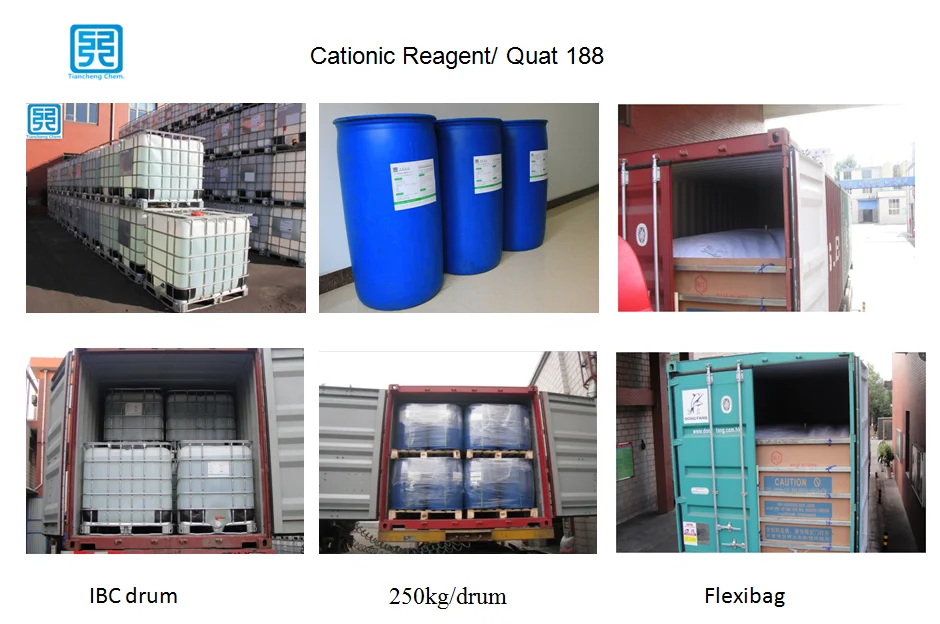In recent days, some farmers have been found to have taken steps to raise vines in order to curb their appetite. They believe that these measures can pull off the adventitious roots and prevent them from growing into small sweet potatoes, so that the nutrients can be concentrated on large potatoes, which can prevent stems and leaves from becoming long, facilitate the weeding and weeding, and can be easily tossed when harvested.
In fact, vines are liable to reduce production, mainly because: First, mechanical damage to the vine leaves disturbs the natural growth state of the stems and leaves, which will increase the yellow leaves and fallen leaves, increase the number of yellow fallen leaves, the leaves overlapped and the leaves and leaves are damaged, and the leaves are damaged. The reduction in area reduces the photosynthetic efficiency and weakens the nutrient-manufacturing capacity. Second, the vines damage a large number of adventitious roots and accelerate the evaporation of water, which results in slower growth. At the same time, it takes a lot of labor to turn the rattan. Lifting the vines also only played a role in labor. A large number of experiments showed that their production also had little difference.
How to prevent red dragons? The key measure is to promote soil testing and formulating fertilization, red mane fertilization should be dominated by farmyard fertilizers, supplemented by chemical fertilizers; basal fertilizers should be the main principle, supplemented by top dressing. For example, in the first Baishaping Village, Changyang Ziqiu Town, in 2010, 10 acres of red locusts were planted, 4605 kg were farmed, 1750 kg of farmyard manure was used as base fertilizer, and 60 kg of special compound fertilizer was used; 5,000 kg per mu was harvested in Wanfaqiao Village, Hejiaping Town. The high yield, that is, 30 to 50 metric tons of manure urine and 50 kg of special compound fertilizer made in China. At the same time, they paid attention to the deep application of base fertilizer and the method of stratified fertilization, which is a good measure to prevent leggy.
The water solution at room temperature is 69%, and can be converted into the structure of epoxidation immediately under alkaline condition.
Indicator:
|
Item |
Result |
|
Appreance |
Colorless liquid |
|
content% ≥ |
69 |
|
1,3-dichloropropanol ppm ≤ |
10 |
|
Epichlorohydrin ppm ≤ |
5 |
|
PH value |
4-7 |
|
Solubility |
Soluble in water and 2- alcohol |
Advantage:
The product appearance is transparent liquid, colorless and tasteless, the impurity content is low, is less than 10ppm.
Because the use of continuous production process, product quality is stability;
The product response rate is higher than 90%.
Application area
1) paper industry
Mainly as a liquid cationic etherifying agent, widely used in fiber, cellulose derivatives and starch modified; as paper internal application of adhesive, filler and fine fiber interception of additives.
(2) textile industry
Liquid cationic etherifying agent react whit cotton fiber, improve the dye binding; reacts with starch obtained cationic starch, as the sizing agent.
(3) water treatment industry
Suspended matters in water is negatively charged, react whit liquid cationic etherifying agent,produce cationic polymer as flocculants are widely used in water purification.
(4) chemical industry for daily use
The reaction of aqueous cationic etherifying agent create cationic guar gum are important chemicals.

3-Chloro-2-hydroxypropyltrimethyl Ammonium Chloride
3-Chloro-2-Hydroxypropyltrimethyl Ammonium Chloride,69% 3-Chloro-2-Hydroxypropyltrimethyl Ammonium Chloride,65% 3-Chloro-2-Hydroxypropyltrimethyl Ammonium Chloride
Shandong Tiancheng Chemical Co., Ltd. , https://www.tianchengchemical.com